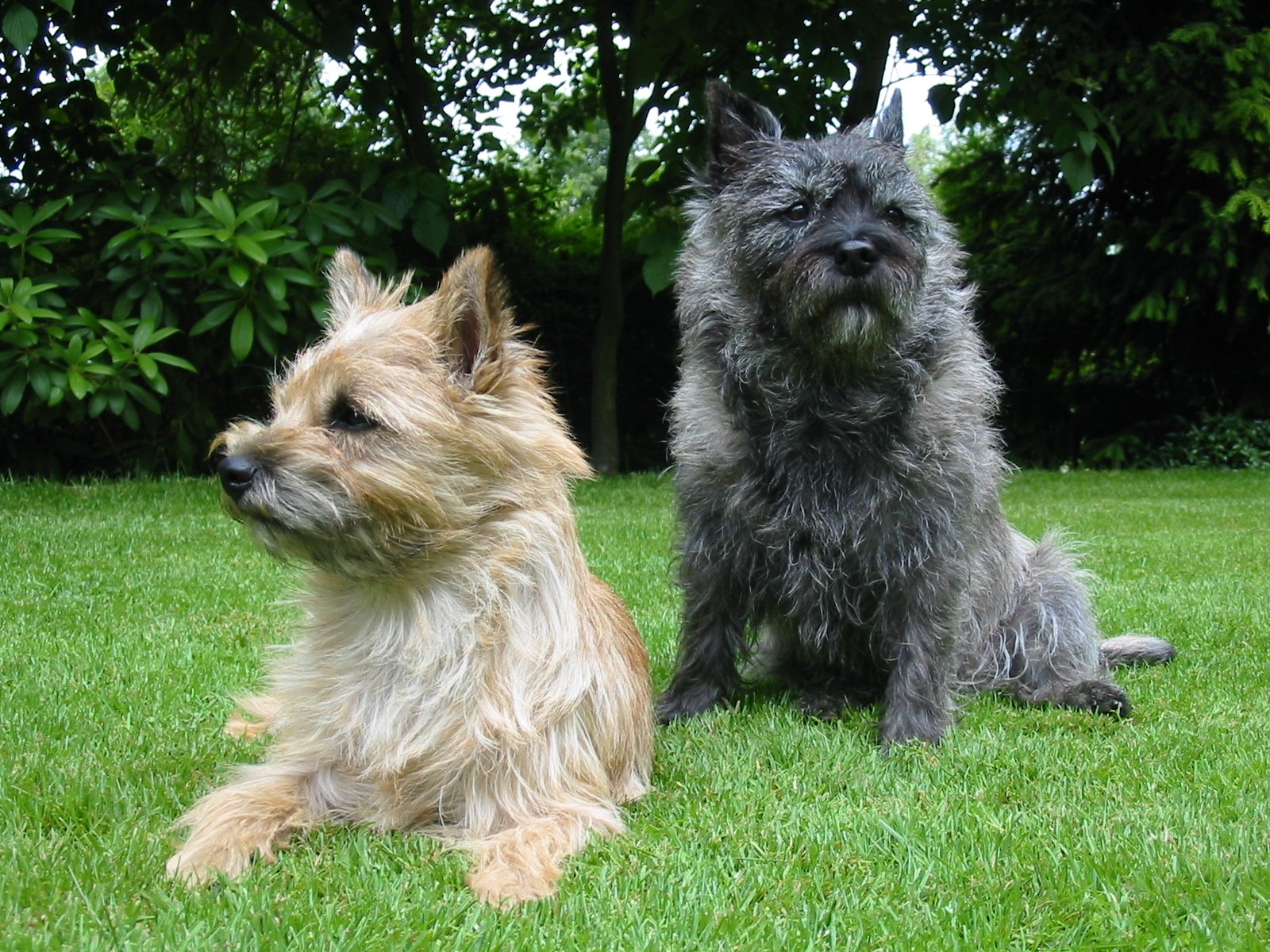Some dog breeds aren’t big on constant cuddles or following you from room to room—they enjoy doing their own thing! These independent pups, like the Afghan Hound or Shiba Inu, thrive on autonomy and prefer space to think and explore. That doesn’t mean they don’t love you—it just means they show it in subtler ways. Understanding their unique needs and respecting their boundaries builds trust and a stronger bond. If you appreciate a little alone time too, these breeds might just be your perfect match.
Siberian Husky: The Adventurous Explorer

Siberian Huskies are legendary for their adventurous and free-spirited nature. Originally bred to pull sleds over long distances in harsh conditions, these dogs are natural problem-solvers and often think for themselves. They’re known for their curiosity and sometimes mischievous behavior, often finding ways to escape fenced yards or ignoring calls if something more interesting catches their attention. To respect a Husky’s independence, provide plenty of exercise and mental stimulation, like agility courses or puzzle toys. Give them space to explore safely, but always keep an eye out—they’re masters of finding trouble. If you love a challenge and a dog who keeps you on your toes, the Husky will never bore you.
Basenji: The “Barkless” Thinker
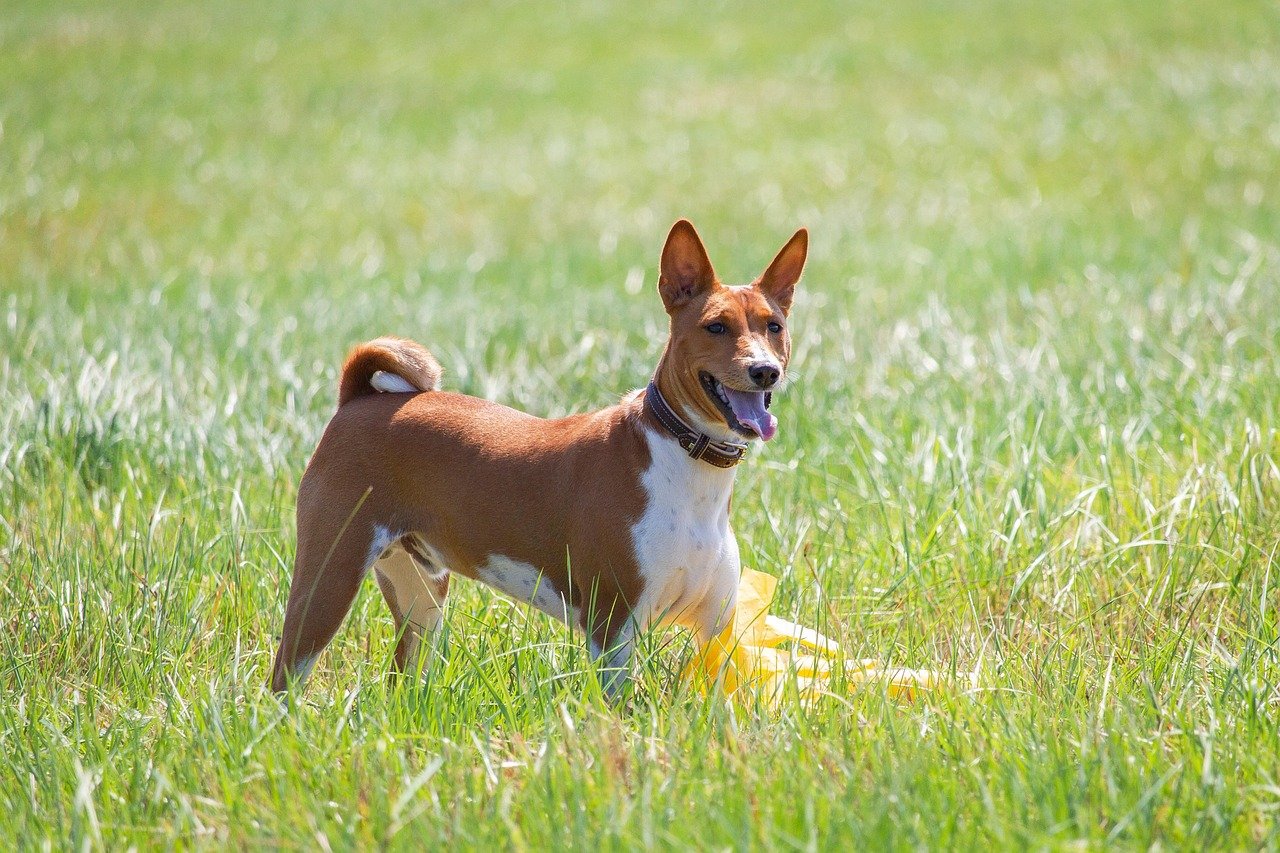
Basenjis are famous for their quiet demeanor, but don’t be fooled—their minds are always buzzing. Originally bred for hunting in Africa, Basenjis learned to think and act independently from humans. This breed is intelligent, agile, and sometimes a little aloof. They’re quick to make decisions on their own and may not always look to their owners for direction. To respect a Basenji’s independence, allow them choices during walks, and introduce them to new environments and activities. They appreciate routines, but they also crave novelty. A Basenji will keep you guessing with their clever antics and unique, cat-like behaviors.
Akita: The Noble Guardian
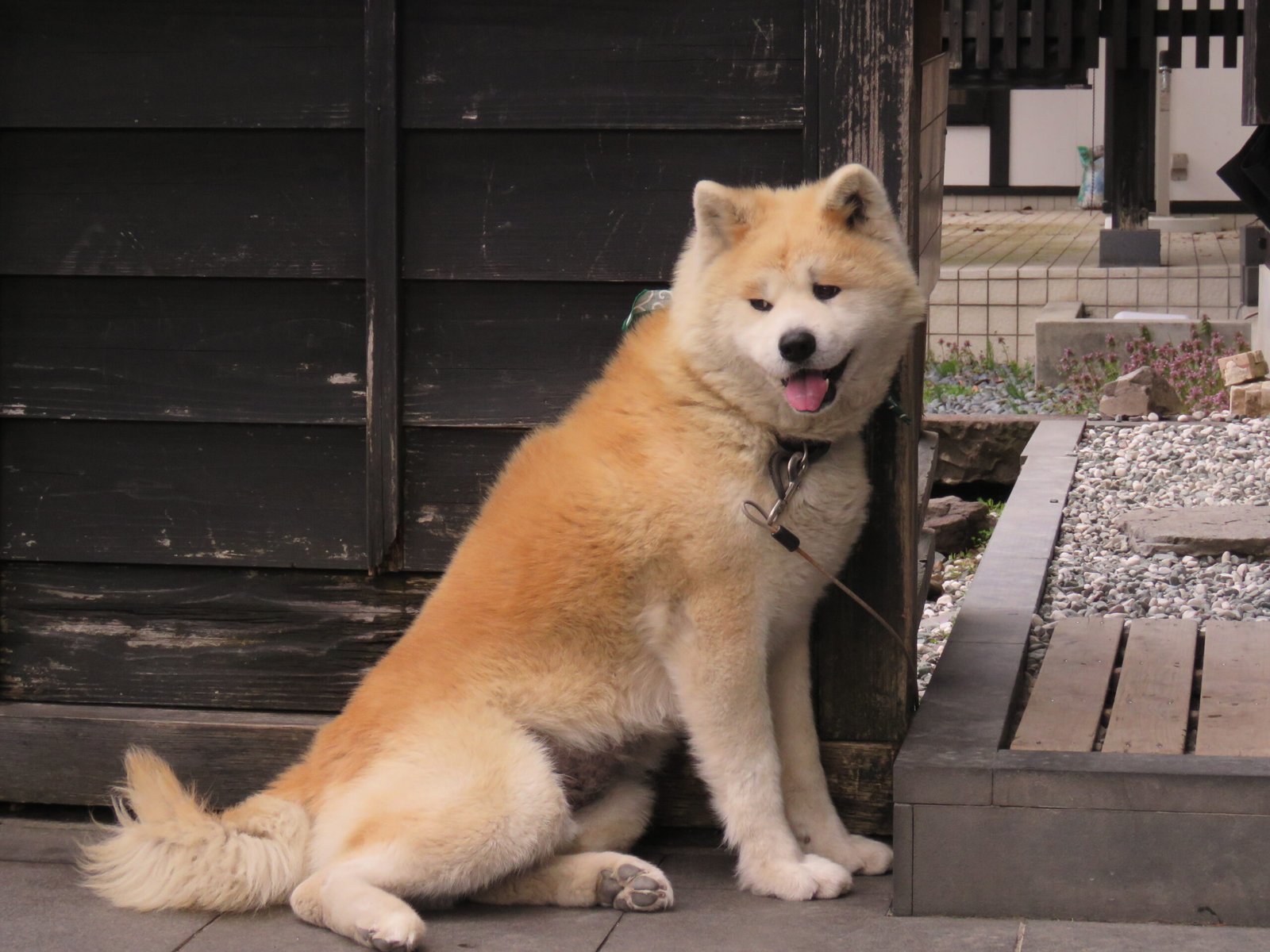
Akitas possess a quiet confidence and a dignified air that some interpret as aloofness. They were bred to hunt and guard, making independent decisions crucial to their roles. While fiercely loyal to their families, Akitas are not always eager to please and may question commands. Respect an Akita’s independence by establishing clear boundaries, using positive reinforcement, and giving them responsibilities, like watching over the home. They appreciate calm leadership and space to observe. If you treat them with respect, they’ll repay you with unwavering devotion, on their terms.
Afghan Hound: The Elegant Individualist
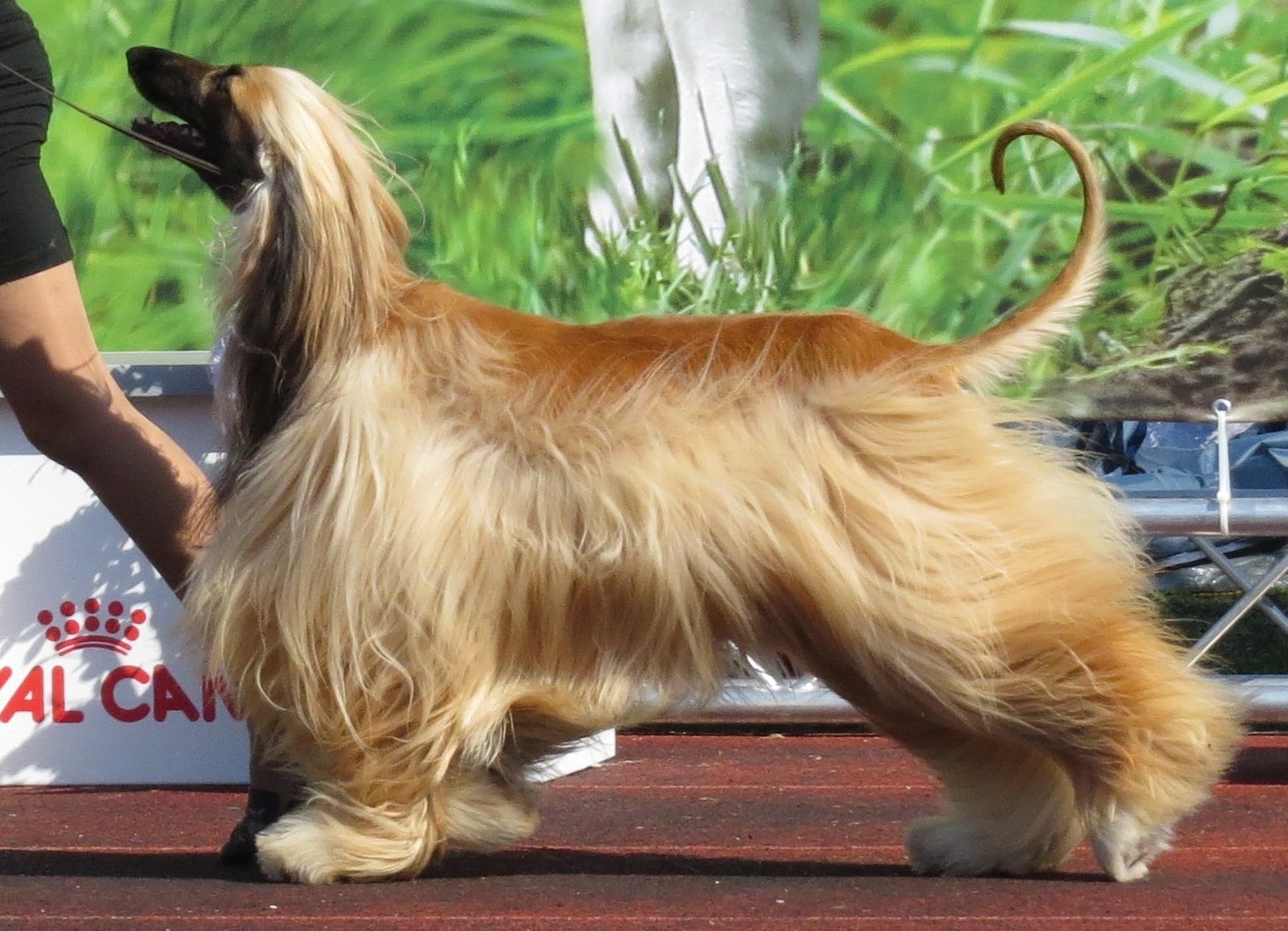
With their flowing coats and regal bearing, Afghan Hounds seem almost otherworldly. Their independence is part of their charm—these dogs were bred to hunt alone over vast terrains. Afghan Hounds are sensitive, sometimes aloof, and often favor their own company. They require gentle handling and despise harsh discipline. Respect their independence by allowing quiet time and providing activities that stimulate their hunting instincts, like lure coursing. They thrive best with owners who understand their unique personalities and can offer gentle guidance rather than rigid control.
Shiba Inu: The Foxy Free Spirit

Shiba Inus have taken the world by storm with their fox-like looks and bold personalities. These small dogs are brimming with confidence and are notorious for their “Shiba scream” when things don’t go their way. They make decisions quickly and often operate with little regard for commands, especially if something more interesting is happening. To respect a Shiba Inu’s independence, offer choices, use positive training, and avoid power struggles. They blossom when given space to make decisions within safe boundaries. Living with a Shiba Inu is like having a clever roommate who knows exactly what they want.
Alaskan Malamute: The Hardworking Trailblazer

Alaskan Malamutes are powerful, intelligent, and bred for hard work in the harshest conditions. Their independent streak comes from centuries of hauling heavy loads and making choices in the wild. They can be stubborn, often testing limits and boundaries. Respect an Alaskan Malamute’s independence by providing plenty of exercise, meaningful work, and mental stimulation. Challenge them with pulling carts, sledding, or advanced obedience tasks. They enjoy a bit of autonomy in their routines, and thrive best with patient, experienced owners.
Scottish Terrier: The Determined Digger
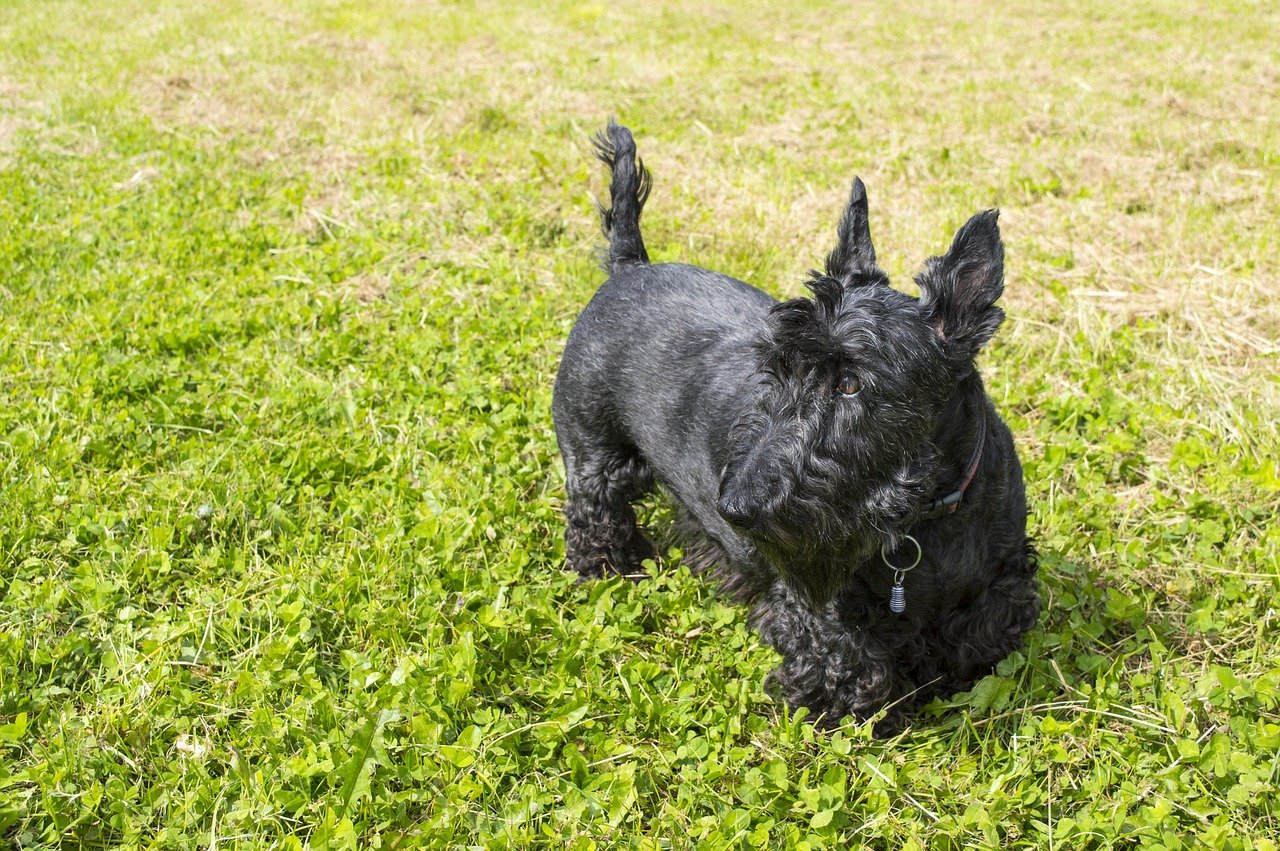
Scottish Terriers, or “Scotties,” are known for their feisty spirit and unyielding determination. Originally bred to hunt vermin, they often worked alone and relied on their own instincts. This breed tends to be reserved with strangers and prefers to make their own choices. Respect a Scottie’s independence by giving them time to warm up to new people and environments. Offer interactive toys and opportunities for digging in a safe area. They value their privacy and autonomy, and they’ll love you all the more for honoring their boundaries.
Borzoi: The Graceful Lone Wolf

Borzoi, also known as Russian Wolfhounds, embody grace and independence. Bred for hunting wolves across vast Russian plains, they’re accustomed to working at a distance from humans. Borzoi are gentle and affectionate, but they often seek solitude and enjoy quiet contemplation. To respect their independence, provide a peaceful home environment and avoid overwhelming them with constant attention. They benefit from free runs in secure areas and activities that allow them to use their speed and agility. A Borzoi’s loyalty is deep but reserved, making their affection feel like a special gift.
Tibetan Mastiff: The Ancient Protector
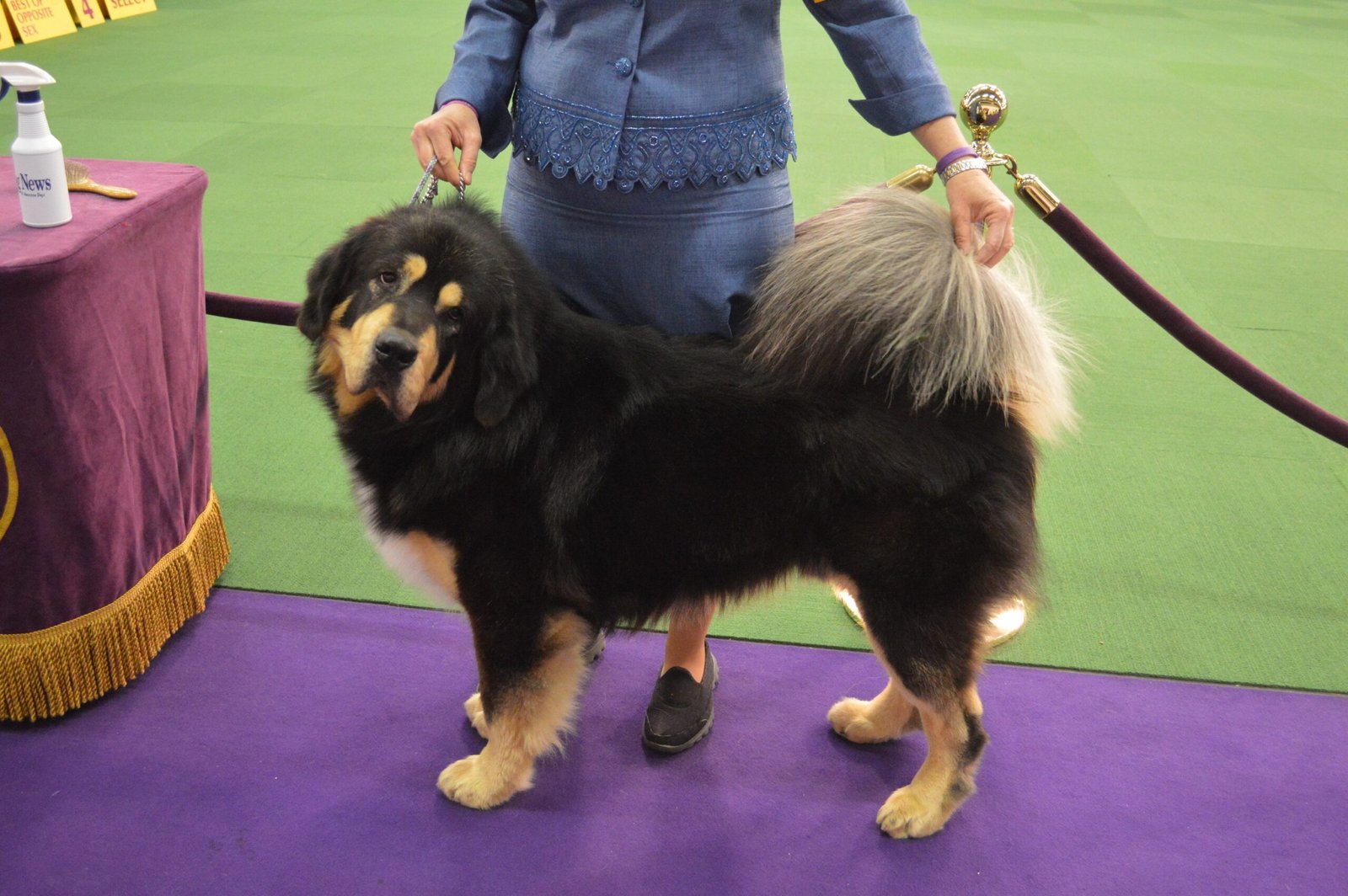
Tibetan Mastiffs have guarded Himalayan villages and monasteries for centuries, making their own decisions about who was friend or foe. This breed is independent, watchful, and sometimes stubborn. They don’t respond well to harsh discipline or micromanagement. To respect a Tibetan Mastiff’s independence, offer a calm, structured environment and clear expectations. Allow them to participate in tasks that involve guarding or watching over family members. They relish responsibility and thrive when treated as equals rather than subordinates.
Chow Chow: The Aloof Aristocrat
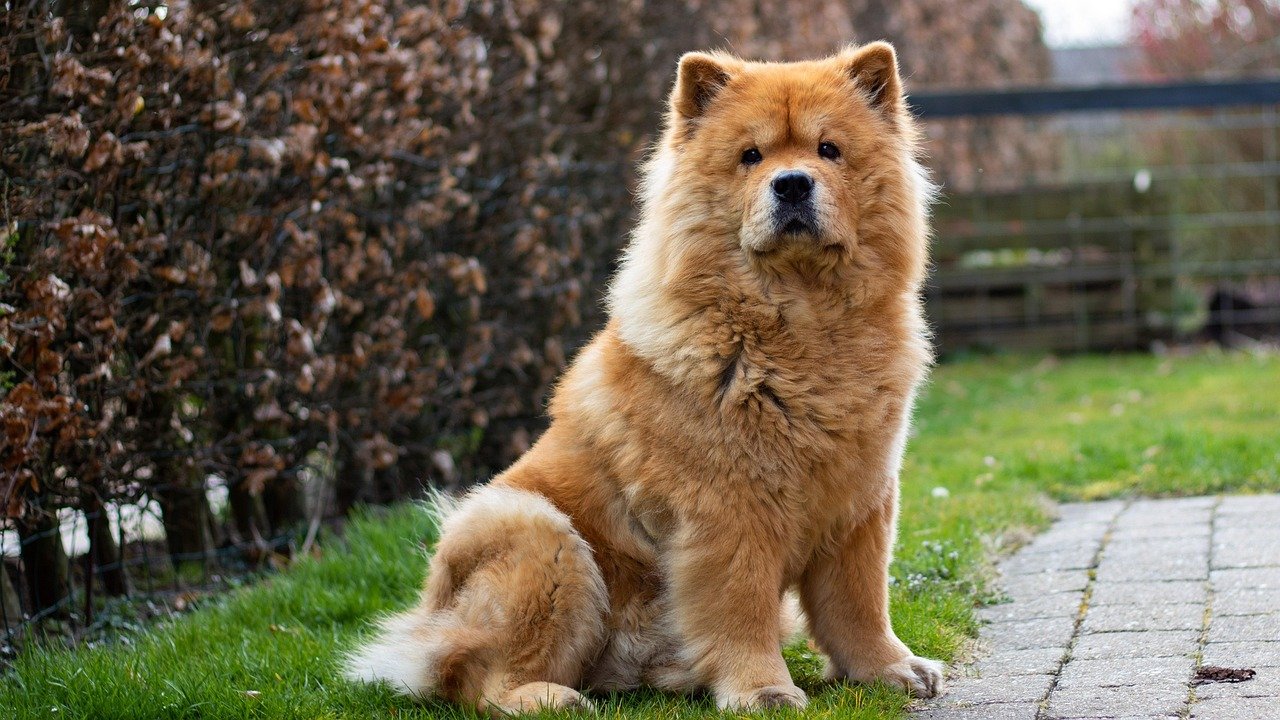
Chow Chows look like cuddly teddy bears, but their personalities are more reminiscent of dignified royalty. This breed is famously aloof, often described as “cat-like” in their independence. They’re not overly affectionate and prefer to approach people on their terms. Respect a Chow Chow’s independence by avoiding forced cuddles and giving them choices about when and how to interact. They respond best to calm, confident leadership and consistent routines. A Chow’s loyalty is profound, but it’s always earned, never demanded.
Irish Wolfhound: The Gentle Giant

Irish Wolfhounds are among the tallest dog breeds, and their personalities are as grand as their stature. Originally bred to hunt large game independently, they’re calm, intelligent, and sometimes reserved. These giants value their autonomy and don’t respond well to pushy training methods. Respect their independence by providing gentle guidance and opportunities for quiet exploration. They love long walks in nature and time to themselves. An Irish Wolfhound’s devotion is quiet but powerful, and they’ll always make decisions with dignity.
Keeshond: The Watchful Observer
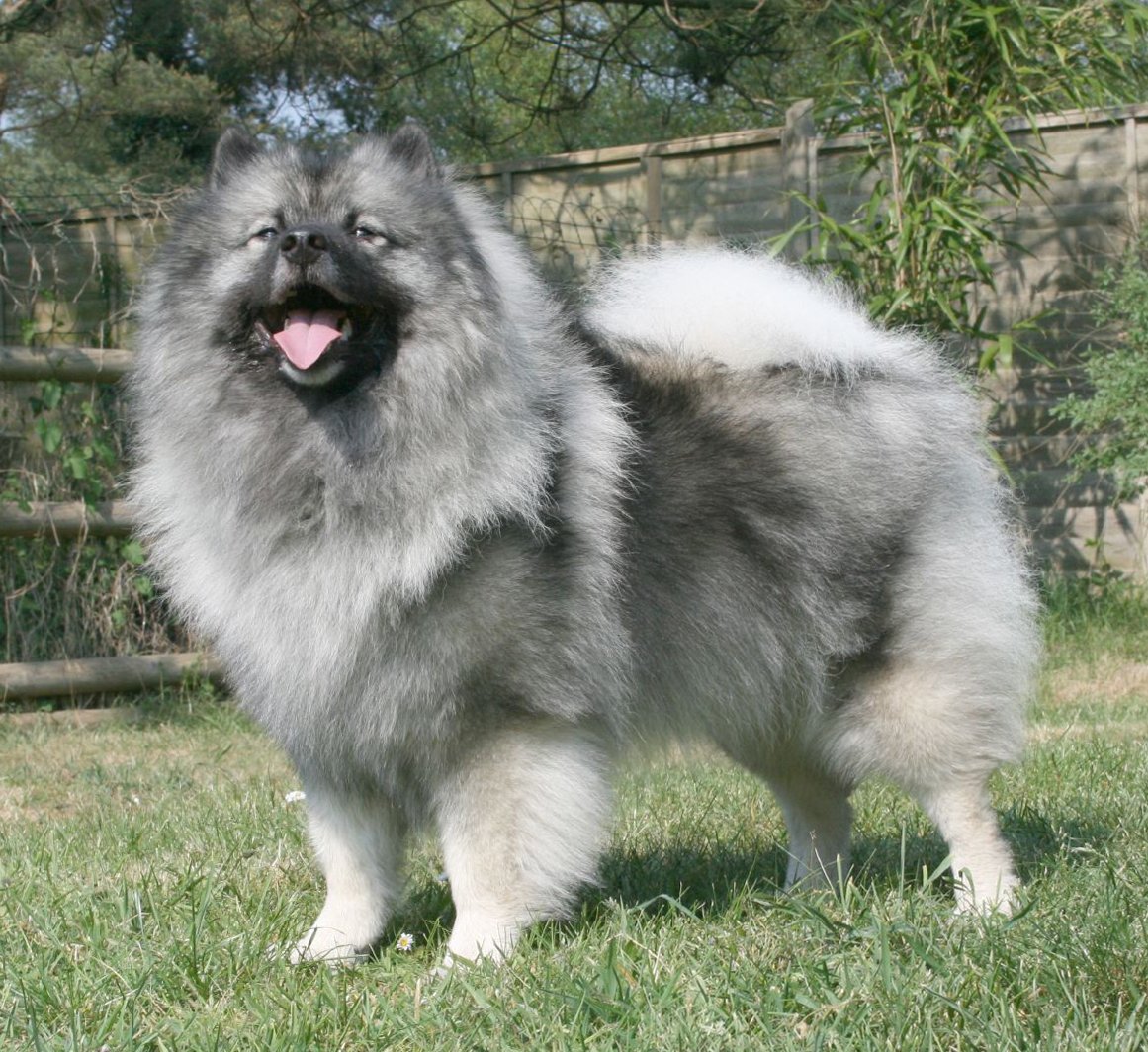
Keeshonds are known for their alertness and intelligence. Originally bred as barge watchdogs, they often relied on their own judgment to protect property. Keeshonds form close bonds with their families but appreciate time to observe and process the world around them. Respect their independence by giving them space to make decisions and opportunities to use their keen senses. They enjoy interactive games and puzzle toys, thriving in environments where their opinions are valued.
Shar Pei: The Wrinkled Individualist

Shar Peis are instantly recognizable for their deep wrinkles and thoughtful expressions. This breed is independent to the core, often displaying a calm, no-nonsense demeanor. They’re not overly demonstrative and prefer to choose their own moments for affection. To respect a Shar Pei’s independence, avoid overwhelming them with attention and allow them to initiate interactions. Provide a stable, quiet home with routines they can rely on. They appreciate owners who respect their personal space and strong opinions.
Lhasa Apso: The Small but Strong-Willed
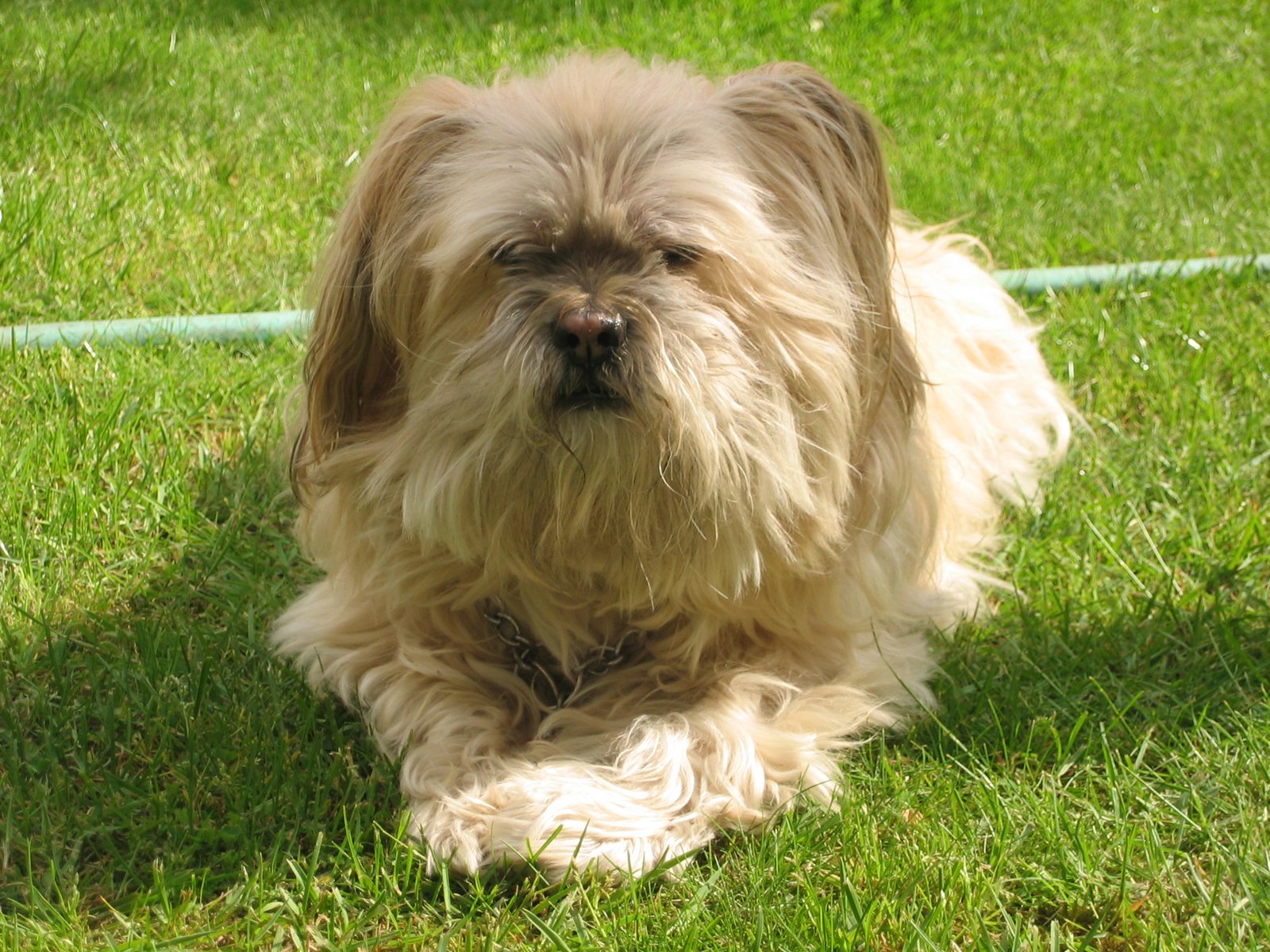
Lhasa Apsos may be small, but their personalities are anything but. Bred to guard Tibetan monasteries, they developed a strong sense of self and independence. Lhasa Apsos are confident, sometimes stubborn, and often act like they’re in charge. Respect their independence by involving them in family routines and offering choices in training. Use positive reinforcement and give them opportunities to use their keen senses. They flourish when treated as equals rather than pampered pets.
Saluki: The Desert Wanderer

Salukis, one of the world’s oldest breeds, are known for their elegance and independence. Bred to hunt game across vast deserts, they’re used to making decisions on the fly. Salukis are sensitive and sometimes aloof, preferring gentle handling and quiet environments. Respect their independence by providing opportunities for free running in secure areas and avoiding harsh corrections. They enjoy peaceful companionship and will reward patience with quiet loyalty.
Manchester Terrier: The Spirited Thinker
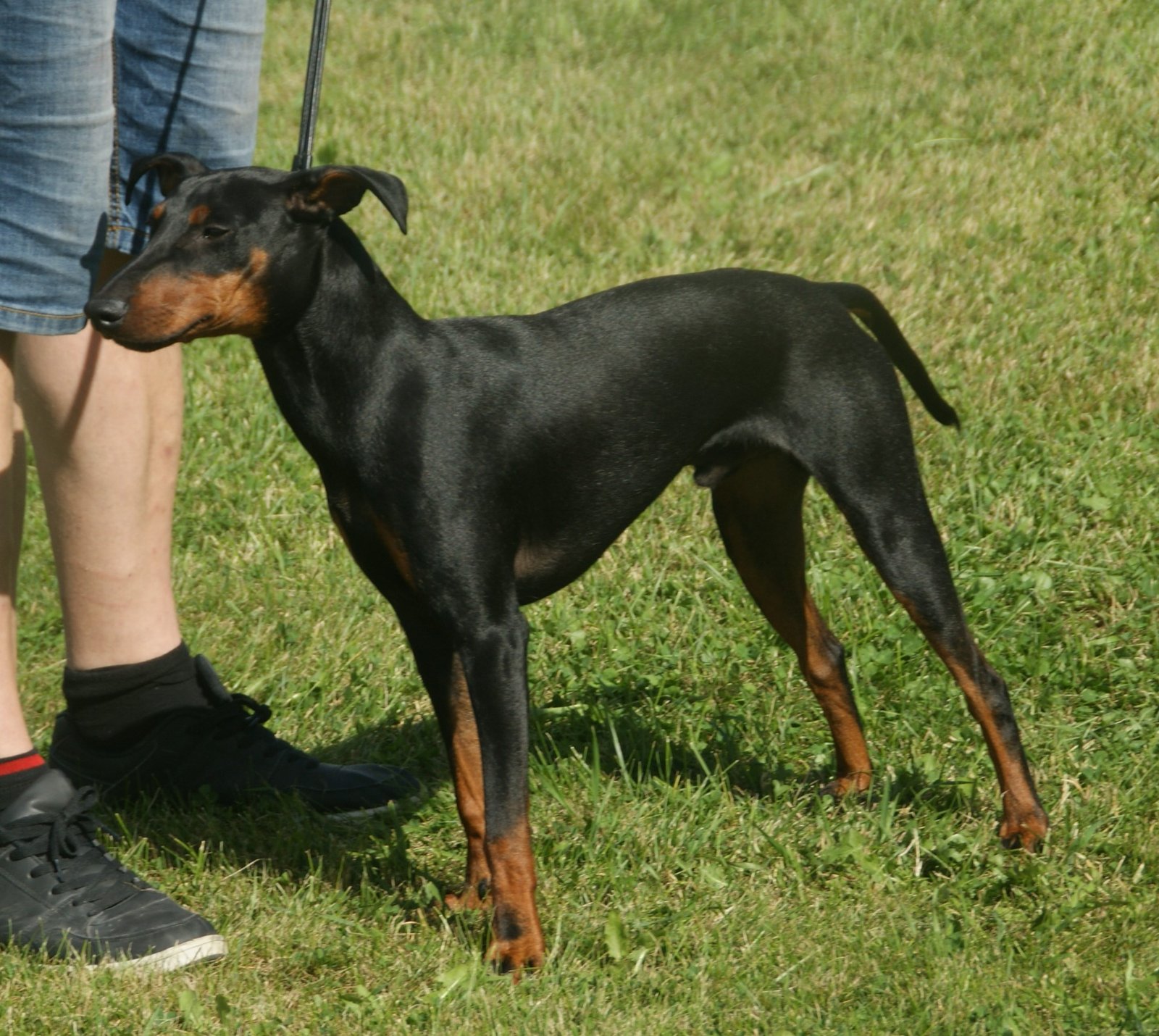
Manchester Terriers are quick, clever, and brimming with confidence. Originally bred to hunt rats, they worked independently and developed sharp problem-solving skills. These dogs love to investigate and often prefer to follow their own noses. Respect a Manchester Terrier’s independence by offering challenging games and allowing them to explore safely. They thrive with owners who appreciate their intelligence and give them tasks to complete. Their loyalty is strong, but they always appreciate having the freedom to think for themselves.
Kuvasz: The Resolute Guardian

The Kuvasz is a majestic Hungarian breed known for its courage and independence. Historically, these dogs guarded livestock in mountainous regions, often acting without direct human supervision. Kuvasz are protective, dignified, and sometimes stubborn. To respect their independence, provide clear boundaries and meaningful work, like watching over the home or family. Use gentle, positive training and avoid micromanaging their actions. Kuvasz thrive when treated with trust and respect, rewarding their owners with steadfast loyalty.
Cairn Terrier: The Bold Adventurer
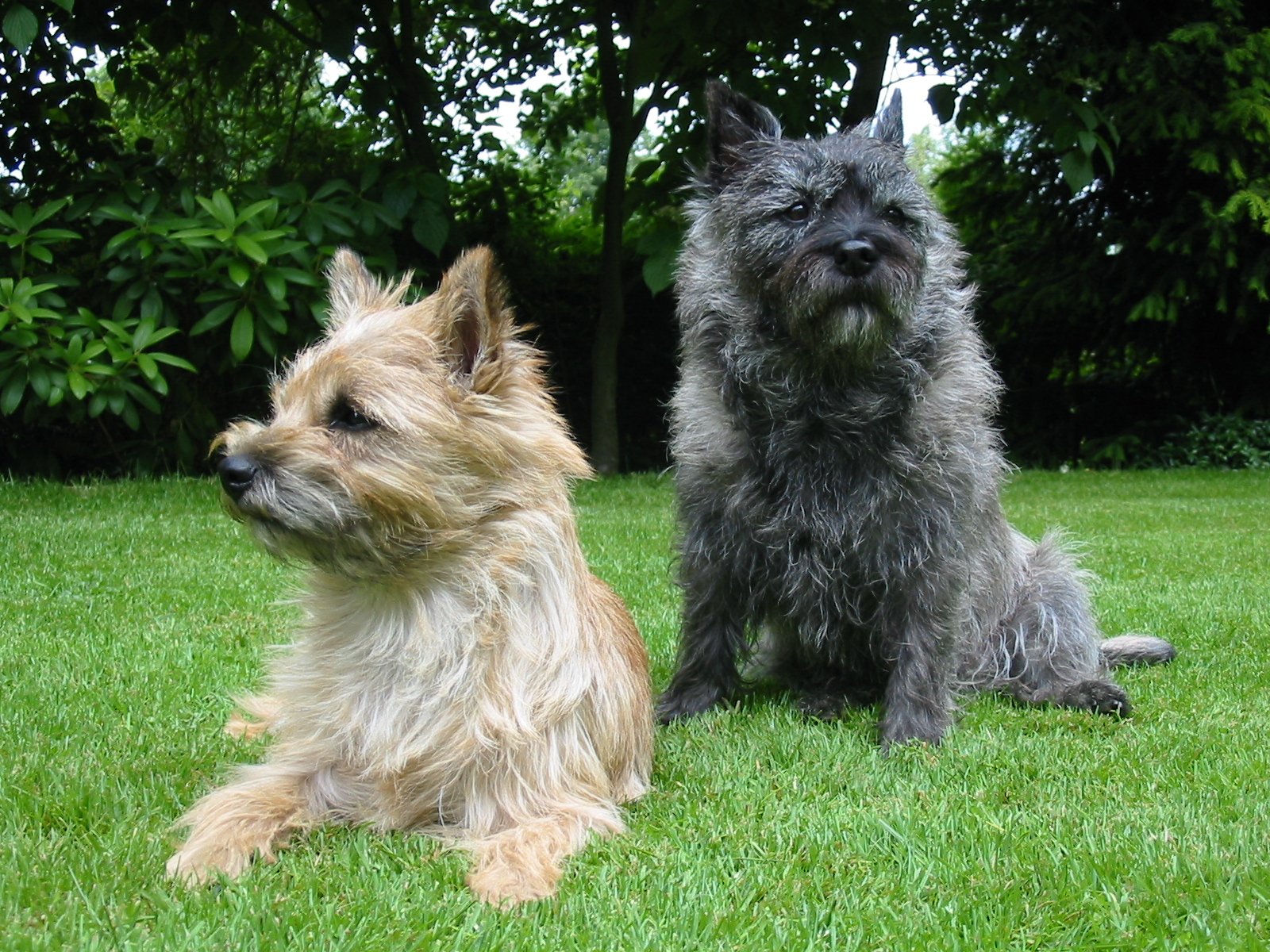
Cairn Terriers are small in size but huge in character. Famous for their appearance in “The Wizard of Oz,” these dogs were bred to hunt vermin in rugged Scottish terrain. Cairn Terriers are fearless, curious, and love to investigate their environment. They often act independently, making quick decisions without waiting for commands. Respect a Cairn Terrier’s independence by providing safe spaces for exploration and interactive toys that challenge their minds. They appreciate owners who embrace their bold spirits and allow them the freedom to be themselves.
So, if you’re drawn to dogs that march to the beat of their own drum, these independent breeds are worth getting to know. They may not be clingy, but their loyalty runs deep once you’ve earned their trust. Respect their space, offer consistent training, and give them purposeful activity—they’ll thrive. Embracing their self-sufficient spirit can lead to a truly rewarding relationship. After all, independence doesn’t mean distance—it just means they love you in their own confident way.

Esther is from India; the heartbeat of South Asia, holding a Master’s degree in Zoology and a postgraduate diploma in Animal Welfare. Her enthusiasm for animal welfare drives her passion and dedication to working for animals, ensuring their well-being, and advocating for their rights. With a solid academic background and hands-on experience, she is committed to making a positive impact in the field of animal welfare. In her free time, she enjoys embroidery and sewing. As a Chennaite from Tamil Nadu, Esther loves Bharathanatyam, an Indian classical dance form.

